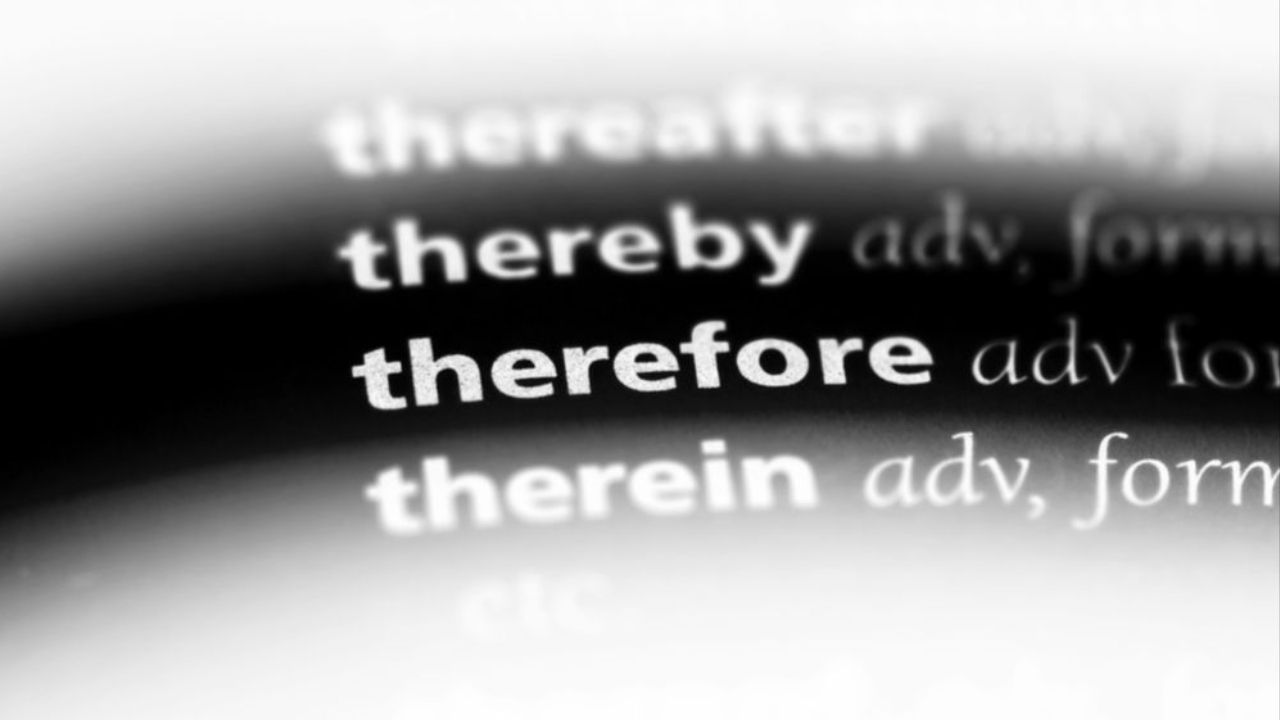
The Diamond Method's Flow Framework is about connecting words when we speak to get to focus words. We facilitate this by reducing, contracting, linking, and using the American flap sound. Another flow concept to consider, however, is communicating the sense behind your words. One way to help your audience understand what you are saying, what you will say, and what you already said, is to use transition words in your speech. check it out.
Using Transition Words to Help With English Fluency
Improving your English flow takes time, patience, and practice. For certain English learners, mastering your flow can be especially challenging due to grammar, vocabulary, pronunciation, idioms, and colloquialisms...oh, and did I mention confidence? That can get in the way, too.
With The Diamond Method I cover aspects of flow such as linking and reductions that help speakers master their flow – but today I want to talk about another aspect that I haven't yet spoken about in my blog – transition words.
I notice that many times my learners will flow fluently between words within a sentence or within their Thought Chunk but then they struggle to flow between their sentences. Or, they'll sound like they are on a meandering trail of words and ideas leading to the great unknown. An easy way to remedy this is to use transition words to tie sentences and thoughts together.
Do you use transition words?
Transition words, sometimes known as linking words or connectives, are essential in writing and speaking because they help to create coherence and improve the movement of ideas.
Let's look at some of these words and their uses.
Addition Words
Addition words in English are words or phrases that are used to add more information to a sentence, indicating that one idea is being added to another. You can use words like and, also, in addition, moreover, and furthermore to do this. For example, "I like to read books, and I also enjoy watching movies." These are two things I like and one is added to the other.
Contrast Words
Contrast words in English are words or phrases that are used to show a difference or contrast between two or more ideas. In this case, you can use words like however, but, despite, whereas, although, on the other hand, and in contrast to show the difference between ideas. For example, "I like to swim, although I don't do it often." The swimming and the fact that I don't do it often are opposing each other in some way and so I use a contrast word.
Cause and Effect Words
Cause and effect words in English are words or phrases that are used to indicate a relationship between two or more events, where one event causes the other. We can use words like because, since, as a result, and therefore to show the relationship between cause and effect. For example, "I missed my train because I overslept." I missed the train as a result of oversleeping - I replace as a result of with because.
Words that Indicate Time
These are words that are used to indicate a specific time or period. Try using words like now, next, before, after, during, and meanwhile to show the relationship between events in time. For example, "I usually drink coffee in the morning while I get ready." I'm drinking coffee at the same time as I am getting ready for work and so I use the word while.
Concluding words
Concluding words in English are words or phrases that are used to signal the end or conclusion of a text or speech. These words are important because they help to summarize the main points and provide a sense of closure to the audience. In this case, we use words like in conclusion, to sum up, in summary, essentially, all in all, and therefore to signal the end of an idea is coming. For example, "In conclusion, I believe that exercising regularly helps me control my stress." We can use the phrase in conclusion even if it is not the end of a speech or text. It would just mean it is finishing up an idea.
Using transition words can help your speech sound smooth by connecting your ideas in a logical and coherent way. Also, they're great to use in speeches because they can signal to your listener the addition of new ideas, a change in topic or message, or the conclusion of a thought. I like to think of them as Signposts -- Now I'm coming to stop. I'm going to slow down here. Let's go back for a second -- these kinds of Signposts.
Although they aren't exactly about flow in the sense of The Diamond Method (contractions, reductions, linking, and the American flap sound), transition words give your speech order. You can think of it as outlining.
To get good at speaking these types of transition words, remember to pause after you say them so that your listeners can benefit from their use.
What do you think of all this? I'd love to hear your comments below!
Let's Stay Connected!
Subscribe to The English Communication Confidence Blog so that you can be the first to receive unique ways to polish your advanced English.
We hate SPAM. We will never sell your information, for any reason.




